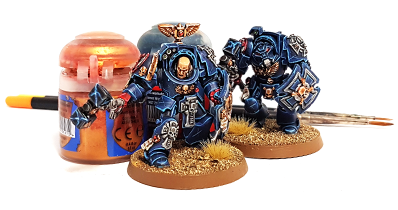Miniature as a way of representation in design studio and case study
Miniature word is derived from the Latin word “minimum” meaning red oxide. The earlier minimum was used as mediating or delineating pigment in manuscripts, hence its name miniature. Sometimes people confuse miniature with small size paintings equal to the size of a grain of rice or mustard seed etc. but it has to do nothing with size. Before miniature paintings, only wall paintings were drawn. With the advent of manuscripts, the need for paintings to elaborate the text was felt. Hence a new style was developed and mastered across the globe. Miniatures were preferred over murals as they were having the advantage of being handy, portable, light, and easy to carry and store. Hence the art of pictorial representation increased many folds across the globed&d miniature painting and Indian art are no different from the world and paintings started to be drawn on different materials for a manuscript like palm leaves, paper, cloth, etc. Paintings started from Caves in India and later from Pala and Apbhramsha School to Modern Indian art via Mughal miniature, Tandoor School, Bengal School, and oriental paintings. In this book advent of miniature art in India has been focused on its comparison with each other and other schools of art. Miniature word is derived from the Latin word “minimum” meaning red oxide.

The earlier minimum was used as minting or delineating pigment in manuscripts, hence its name miniature. Sometimes people confuse miniature with small size paintings equal to the size of a grain of rice or mustard seed etc. but it has to do nothing with size. Before miniature paintings, only wall paintings were drawn. With the advent of manuscripts, the need for paintings to elaborate the text was felt.
Studio and case study
Hence a new style was developed and mastered across the globe. Miniatures were preferred over murals as they were having the advantage of being handy, portable, light, and easy to carry and store. Hence the art of pictorial representation increased many folds across the globe. Indian art is no different from the world and paintings started to be drawn on different materials for a manuscript like palm leaves, paper, cloth, etc. Paintings started from Caves in India and later from Pala and Apbhramsha School to Modern Indian art via Mughal miniature, Tandoor School, Bengal School, and oriental paintings. In this book advent of miniature art in India has been focused on its comparison with each other and other schools of art. Generally, primary colours are avoided and there is a complete absence of blue colour. Figures and costumes are outlined by black. It has a resemblance to the textile design where the tree, stones, and other natural elements are placed like that. There was no concern of resemblance to the real world. Speciality: patched work, with certain characteristics to identify living being or object and almost no use of primary colour. Sultanate Paintings With the advent of Mohammed Gore of Persia in India and the establishment of the Sultanate and Slave dynasty came to India the art of Persian paintings. Across Western and Northern India new art was being practised, which were a fusion of Indian and Persian style. For painting handmade paper is used. These handmade papers are specially designed for paintings and are made from rice stalk or bamboo. If paintings are made not for the book than it is painted on a special paper called wails. These are paper made by pasting layers of papers to make it thick.

